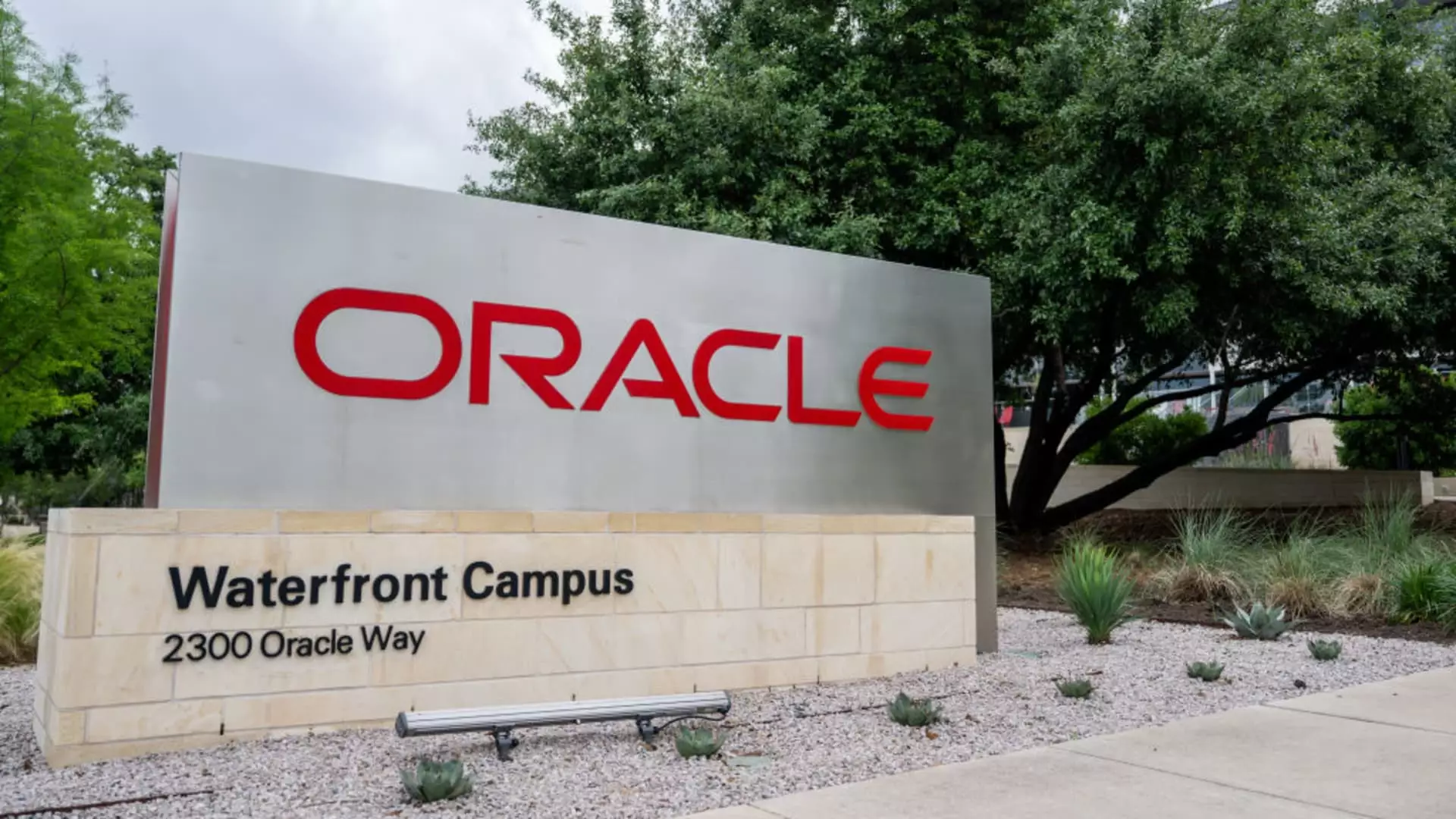Oracle’s heavy investments in infrastructure and strategic partnerships to strengthen its position in the AI industry come with inherent risks. The stock’s valuation seems inflated when considering the competitive landscape. Investors are showing increased sensitivity to the uncertainties surrounding AI investments, such as revenue generation, integration challenges, and fierce competition from rivals with more advanced AI capabilities. The elevated valuation of Oracle poses a potential risk, indicating possible downside risks to the current stock price.
Recently, Oracle broke below a key support level at $135, which has now turned into a resistance level. The relative performance of Oracle compared to the S & P 500 suggests a higher likelihood of a downward trend rather than a breakout above this key resistance level. Additionally, momentum has shifted negatively, indicating a possible further decline in the stock price.
Analyzing Oracle’s financial metrics, the stock trades at 30 times forward earnings, a significant premium compared to its historical median of 20 times. This premium reflects the optimism surrounding the growth of its AI servers. However, despite securing contracts with OpenAI and Fortune 500 companies, there are signs of a slowdown in the acquisition of new contracts. In comparison to its competitors, Oracle’s expected EPS growth rate of 14% is considered modest, especially when contrasted with companies like META (21%) and AMZN (37%). Moreover, Oracle’s recent cancellation of a large cloud computing deal with Elon Musk’s xAI raises concerns about its ability to secure and retain high-profile contracts.
Options on Oracle are currently expensive, making it suitable for using a spread strategy. To capitalize on the potential weakness in Oracle’s stock, one could consider buying the October $130/$120 Put Vertical for a $2.68 Debit. This strategy involves buying the October 18 $130 Puts at $5.38 and selling the October 18 $120 Puts at $2.70. The total potential profit on this trade is $732 per contract if Oracle falls below $120 at expiration, with a maximum risk of $268 per contract if Oracle remains above $130 at expiration.
Oracle’s AI investments come with risks that investors should carefully consider. The company’s valuation, market performance, financial outlook, and competitive landscape all present challenges that may impact its stock price and future growth. It is important for investors to conduct thorough research and seek advice from financial professionals before making any decisions related to Oracle or other financial assets.

